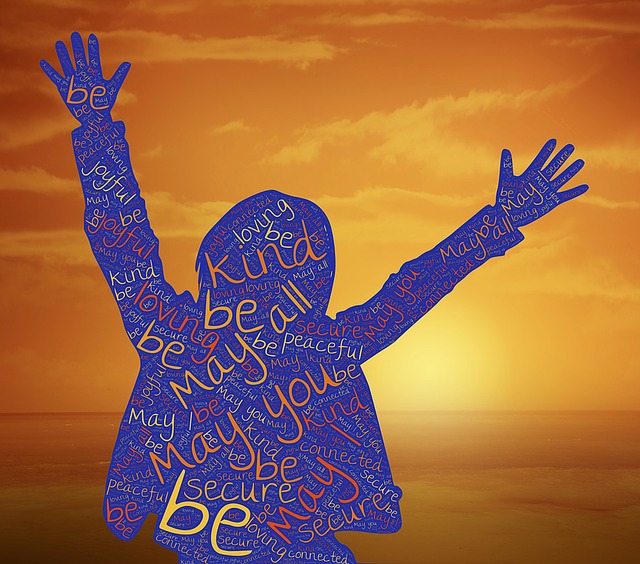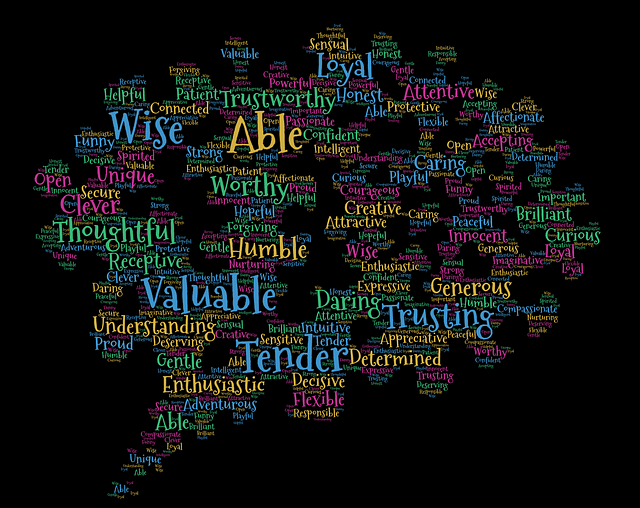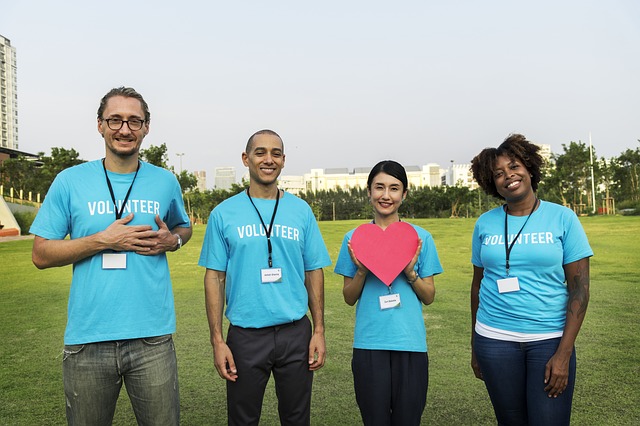Susan David was recently interviewed as part the Ted Connects© series of talks. Susan spoke on the topic, How to be Your Best Self in Times of Crisis. She maintained that “life’s beauty is inseparable from it’s fragility” and provided a number of ways to manage yourself in times of crisis. She emphasised the importance of facing our difficult emotions, naming our feelings, being curious about what our emotions are telling us, developing our sense of agency and finding ways to help other people. Susan stressed that underpinning her approach is the concept of “emotional agility” – the core of which involves “radical acceptance” of our emotions and self-compassion.
The fragility of life
Susan reminds us that the Coronavirus highlights the fragility of life. This fragility, however, is part of our everyday life experience. We love someone then lose them, we enjoy good health then experience illness, we savour time with our children only to watch them grow up and leave home. The problem for us is that our social narrative, the stories we tell ourselves as a society, is so focused on the importance of always achieving, being fit and happy and appearing to be always in control. There is an inherent denial of the reality of death and the fragility of life – we have to appear to be strong and deny our difficult emotions.
Facing our difficult emotions
Susan stressed the importance of overcoming our habituated way of responding to difficult emotions. We typically deny them, turn away from them and, yet, end up stuck in them or “marinating in it” as Rick Hanson, in his Being Well Podcast, describes the resultant state of self-absorption. Susan maintains the critical importance of facing our emotions and owning them, not letting them own us. This involves naming our feelings not in a broad way such as “I’m feeling stressed” but in what she calls a “granular” way or fine-grained identification of exactly what we are feeling, e.g. disappointment, resentment, anger, fear or anxiety. It is only by truly facing and naming our difficult feelings that we can tame them, stop them from owning us. Susan points out that this self-regulation is a key facet of mindfulness.
Being curious about our difficult emotions
This is a form of self-observation and self-exploration. It’s being curious about what our difficult emotions are telling us about ourselves and what we value. Strong emotions are indicators of what is important to us but, at the time, perceived as lacking in our personal situation. Loneliness, for example, is experienced as disconnection from others and tells us how much we value relationships and connection. Social distancing and social isolation, as a result of the Coronavirus, have compounded our feelings of loneliness. So, it’s important to move towards ways of re-connecting, if not face-to face, by phone and online communication.
Developing our sense of agency
Susan argues that in these times when everything seems out of control, it is important to develop “pockets of control” to enable us to develop our sense of agency – our capacity to control some aspect of our life and our immediate environment. These arenas of control can be minute things like deciding what three things you want to do today, developing a menu plan for the week, setting up a daily routine (especially when you are working at home with children present) or changing the way you normally do things to adapt to changing circumstances. It may be that you decide to master the skill of online communication – developing new capacities as well as gaining control. Some people look to regain control and appreciation over their own yard or garden. My wife and I have recently bought a coffee-making machine so that we can better control our expenditure on coffee, increase our control over how our cappuccinos or Piccolos are made and limit our time and social exposure by avoiding having to go out and queue up for a take-way coffee.
Sense of agency can extend to appreciating what we have and savouring it. The Coronavirus attacks our respiratory system, quite literally taking our breath away. We can begin to really value our breathing through various forms of meditation which can ground us in our body in these times of uncertainty and anxiety. As we learn to control our breathing through meditation, we can develop ways to calm ourselves in times of crisis and stress. Our calmness is reflected in our breathing, as is our agitation.
Helping others in need
Besides showing compassion towards ourselves (in owning and accepting our emotions and what they tell us about ourselves), it is important to move beyond self-absorption to thinking of others and undertaking compassionate action towards them. This may mean a simple phone call to an elderly relative who is in lock-down in a retirement village or contacting someone you have not spoken to for a while. Everyday we hear about people showing random acts of kindness and generosity towards others.
For example, our weekend newspaper reported about the wife of a doctor on the frontline of the fight against the Coronavirus. He has decided to live apart from the family for six months to protect them from contracting the virus. Despite her resultant loneliness, his wife is creating homemade meals for him and his fellow health workers and enlisting the support of neighbours, friends and anyone else to do likewise so that these frontline workers don’t have to rely on unhealthy take-aways to sustain them during their very long hours of courageously caring for others. Susan challenges each of us with the question, “How can we help in little and big ways?” – how can we demonstrate being part of a community and being “values-connected”?
Reflection
In times like the present with the Coronavirus impacting every facet of our lives, we begin to wonder how we will all cope. Susan expresses great optimism that the crisis will enable people to be their “best self” and daily we see evidence of this. Susan points to the history of people handling crises with courage, wisdom, compassion and mutual kindness (witness the recent wildfires in Australia). As we grow in mindfulness and learn to face our difficult emotions through meditation and reflection, we can understand better what our emotions are telling us, regain our sense of agency and begin to show compassionate action towards others in need. Mindfulness helps us to be calm, resilient and hopeful.
________________________________________
Image by ShonEjai from Pixabay
By Ron Passfield – Copyright (Creative Commons license, Attribution–Non Commercial–No Derivatives)
Disclosure: If you purchase a product through this site, I may earn a commission which will help to pay for the site, the associated Meetup group and the resources to support the blog.









